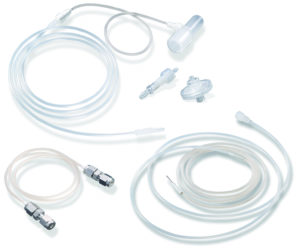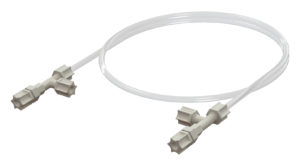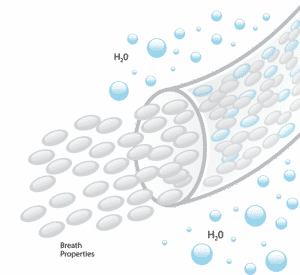How does water impact gas analysis?
And how can you solve it?
Analyzers play a crucial role in industrial processes. It is no doubt that they improve productivity by enabling efficient process control and providing reliable data. For them to function properly, you need to know how to manage its water content. There is almost always some amount of water in the gas stream you process. But it can be extremely difficult and frustrating when it adversely impacts your analysis and thereby ruin your process control.
When left unchecked, condensation of water can wreck an analyzer beyond repair. This does not simply mean that you need to replace the analyzer cell or the sensor, it can take you a lot of time to figure out what the problem is and you might end up spending a lot of man-hours to address the issue before replacing expensive components.
So, “where is water management required?”. The answer is non-trivial. It depends on what the analysis method is. This is a broad overview of the analyzer methodologies drilled down to the pros and cons of each as mentioned broadly in the industry.
| Type of Analysis | Pros | Cons |
| In Situ |
|
|
| Extractive – hot wet |
|
|
| Extractive – cool dry |
|
|
| Dilution |
|
|
You can clearly see that presence of water molecules has a significant impact on gas analysis from the pros and cons of each type. Imagine how your sampling issues can be solved if you are able to mitigate the risk of water interference, water condensation, water clogging or losing water soluble compounds?
Uncontrolled condensation of water can get expensive quickly. It was found that improper water management in a crude distillation vacuum tower needed 24 man-hours each day to drain water from the sample conditioning system’s condensate trap. This was to protect a $3000 heated paramagnetic analyzer cell that monitors atmospheric vent gas for oxygen. This particular plant was replacing around 18 analyzer cells a year! A true maintenance nightmare.
The ability to remove water from the gas stream in its vapor phase alleviates a lot of issues from the table. Depending on the method the benefits you realize can be slightly different. The benefits for the two extractive methods are listed here.
Want to save money by using superior water management?
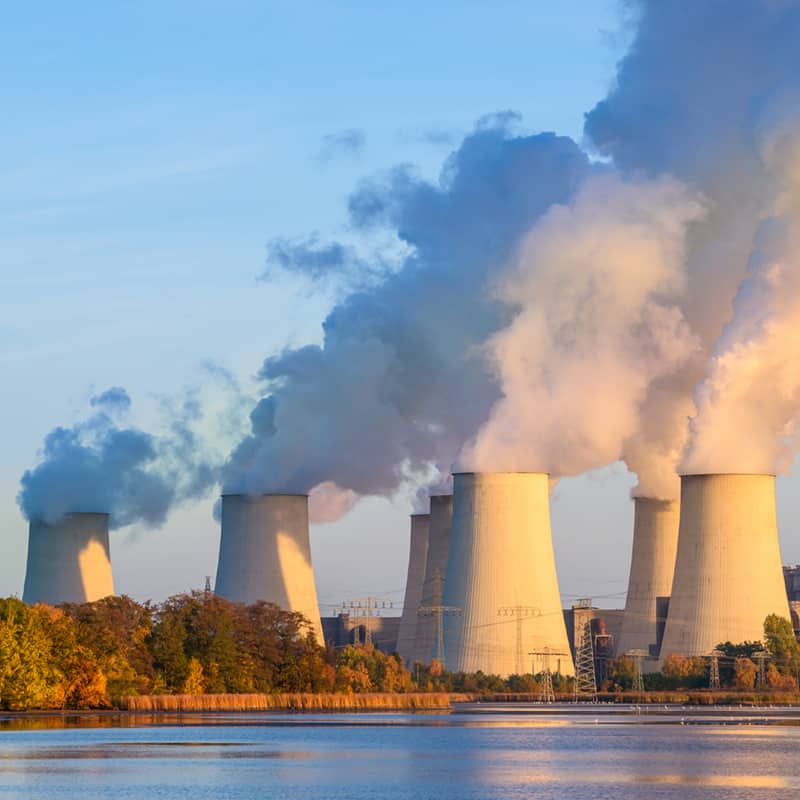
| Method | Benefits of removing water in vapor phase |
| Hot-wet extractive method |
|
|
Cool-dry extractive method
|
|
Keep in mind to truly get the benefits, you must be able to remove water alone and leave the compounds being analyzed unaffected. Traditional methods like desiccants, membrane separation, and water traps do not provide that. Removing water-soluble compounds just to remove water can misrepresent results and significantly impact productivity.
Nafion tubing based gas drying is a permeation drying methodology that:
- Removes water vapor from a gas stream in its vapor phase
- It removes only the water molecules leaving water-soluble components unaffected
- Does not have moving parts
- Only needs instrument air or some source of dry air to remove water vapor
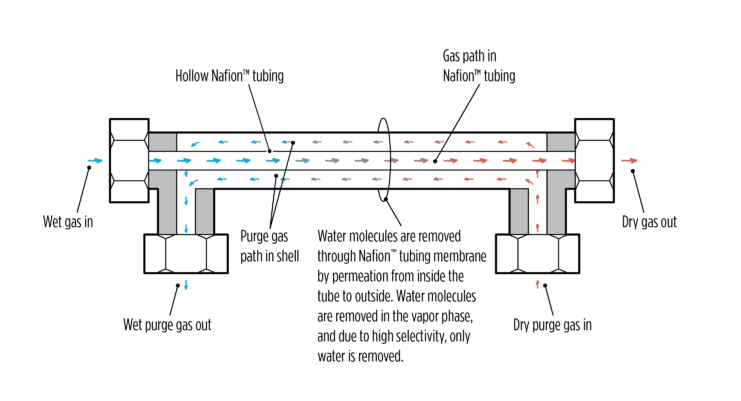
Nafion™ Tubing technology is used widely in CEMS to accurately monitor emissions. However, the reliability of its performance can significantly improve your process control and process monitoring application as well. In the example mentioned above, a small investment up-front could have saved the facility almost $300,000 per year. Reach out to us to see how your gas analysis methods can be improved with state of the art water management. We provide dryers that can fit into your current configuration, you can also purchase a system that incorporates the Nafion™ Tubing technology as a single unit for your water management needs.
P.S: You might be wondering what the benefits of removing water in vapor phase is for in-situ and dilution method of analysis. There aren’t any direct benefits in those applications. However, if you are reluctantly moving to in-situ analysis or dilution based analysis to deal with uncontrolled condensation, you might actually find it less painful and cost-effective to implement an extractive type analysis methodology with a Nafion™ Tubing solution.
Want to save money by using superior water management?
Browse Perma Pure Gas Drying Options
Including all gas dryers, and for CEMS applications, Baldwin Thermoelectric Coolers and sample conditioning systems.
Our dryers are powered by Nafion™ tubing, which selectively removes water vapor from a gas sample.

